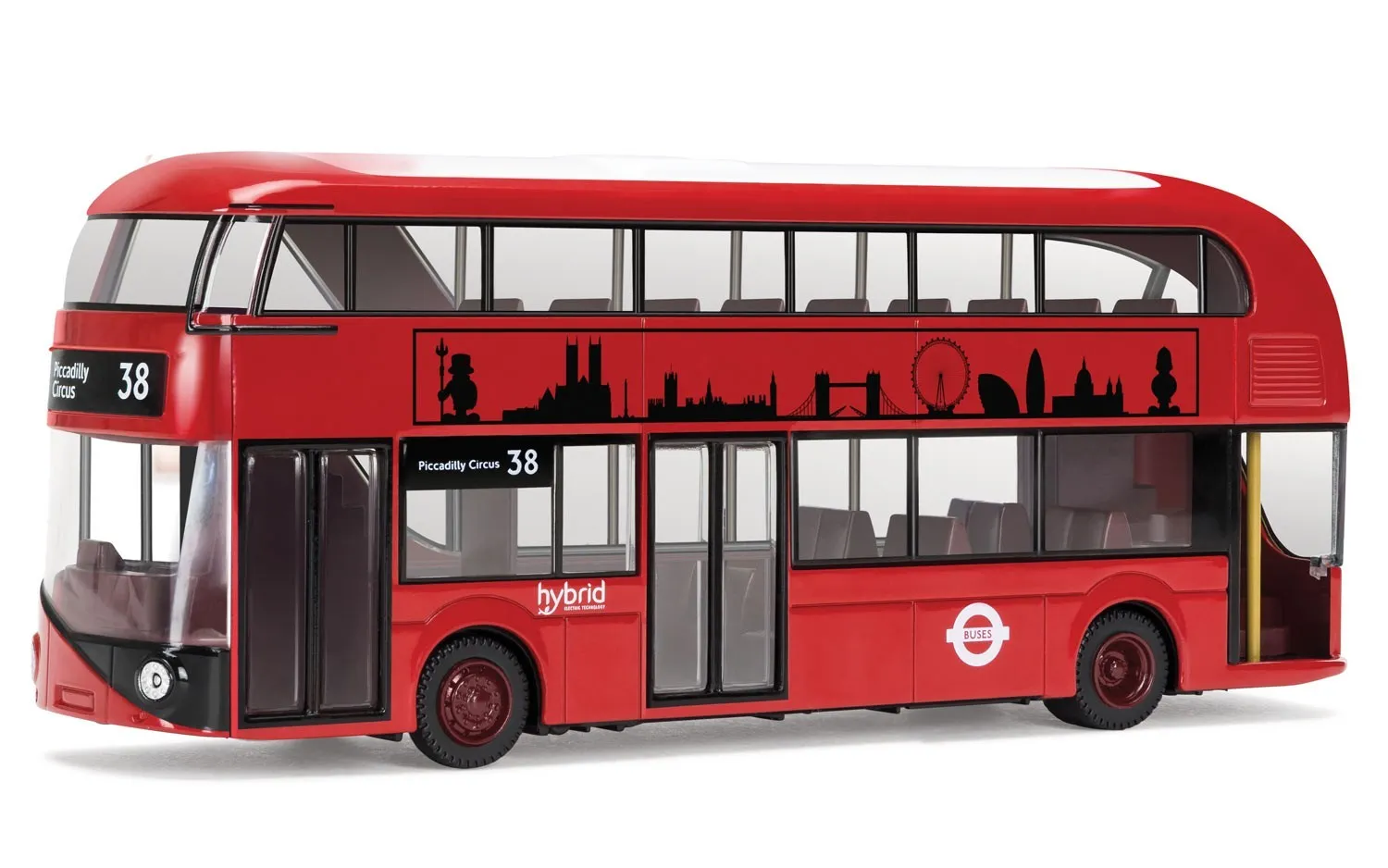What are Diecast Bus Models?
Diecast bus models are miniature replicas of real-life buses, meticulously crafted from diecast metal, typically zinc alloy. These models are highly sought after by collectors and enthusiasts alike, who appreciate their detail, accuracy, and historical significance. Unlike plastic toys, diecast models offer a superior level of realism due to their weight, texture, and intricate features. They come in various scales, ranging from the popular 1:43 and 1:76 scales to larger and smaller sizes, catering to diverse collecting preferences. The process of creating these models involves several stages, starting with the design phase, followed by the creation of molds, and finally, the casting and assembly of individual parts. This detailed approach results in incredibly accurate representations of buses from different eras and regions, allowing collectors to build comprehensive and diverse collections.
Why Collect Diecast Bus Models?
Collecting diecast bus models offers a unique blend of historical appreciation, artistic admiration, and investment potential. These models represent a tangible link to the history of transportation, showcasing the evolution of bus design and technology over time. Collectors often develop a deep understanding of the vehicles they collect, researching their origins, specifications, and the impact they had on society. Furthermore, the intricate details and craftsmanship of these models make them miniature works of art. The careful attention to detail, from the paintwork and decals to the interior features, is a testament to the skill and dedication of the manufacturers. Beyond the aesthetic and historical appeal, collecting diecast models can also be a sound investment, as certain rare or limited-edition models can appreciate in value over time, providing collectors with both enjoyment and potential financial gain.
Top 5 Best Diecast Bus Models
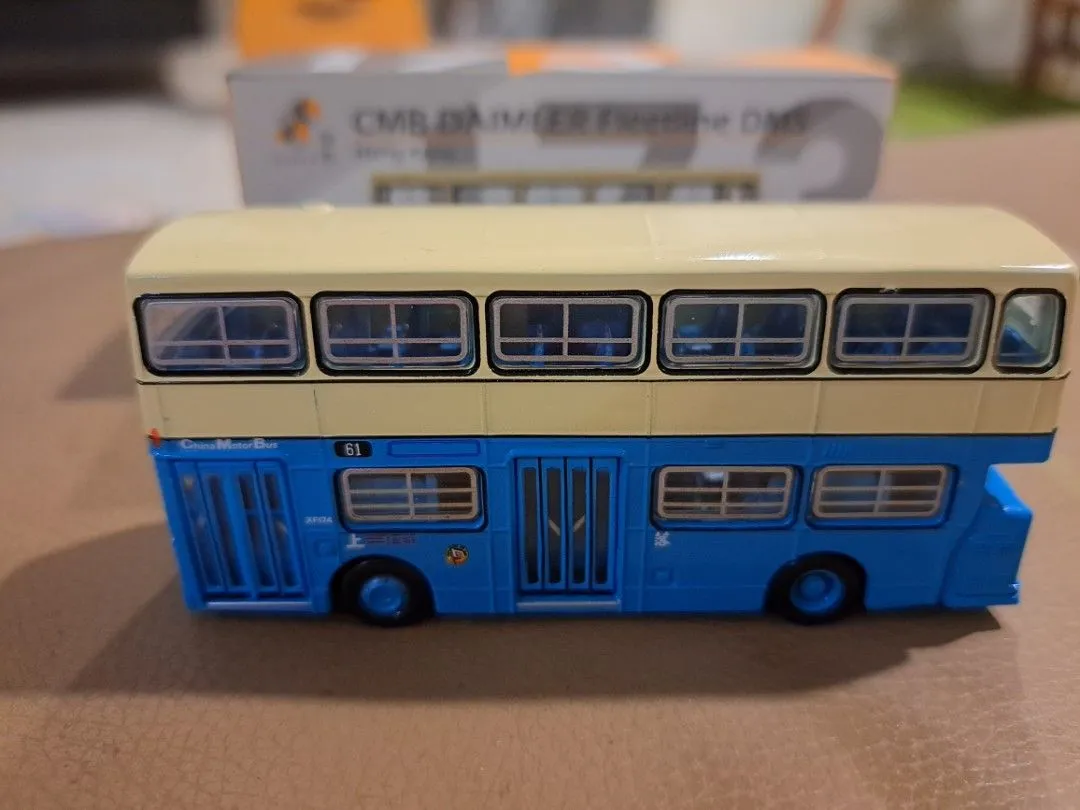
Selecting the ‘best’ diecast bus models is subjective and depends on individual preferences. However, certain models consistently receive high praise for their detail, accuracy, and collectibility. Here are five exceptional examples that are highly regarded within the diecast bus model community. These choices take into account the level of detail, the historical significance of the bus represented, and the overall quality of the model’s construction. The following models represent a range of bus types and manufacturers, ensuring a diverse and appealing list for both new and seasoned collectors. Each of the selected models showcases the exceptional skill of the manufacturers, offering collectors a fantastic opportunity to expand their collections with high-quality pieces.
Model 1 Overview
Model 1 is a highly detailed replica of a classic double-decker bus, meticulously crafted in a 1:76 scale. This model stands out due to its exceptional level of detail, replicating every aspect of the original bus with precision. From the iconic red paintwork to the intricate interior detailing, this model captures the essence of the original vehicle. The model often includes features such as separately molded handrails, detailed seats, and accurate destination boards. The overall finish is of a very high standard, making it a standout piece in any collection. The manufacturer has paid great attention to the smallest details, such as the wheels, tires and even the undercarriage, which enhances the realism and appeal of this model.
Key Features of Model 1
- Highly detailed exterior with accurate paintwork and decals.
- Intricate interior detailing, including seats and handrails.
- Opening doors and compartments (in some variants).
- Realistic wheels and tires.
- High-quality diecast construction.
Model 2 Overview
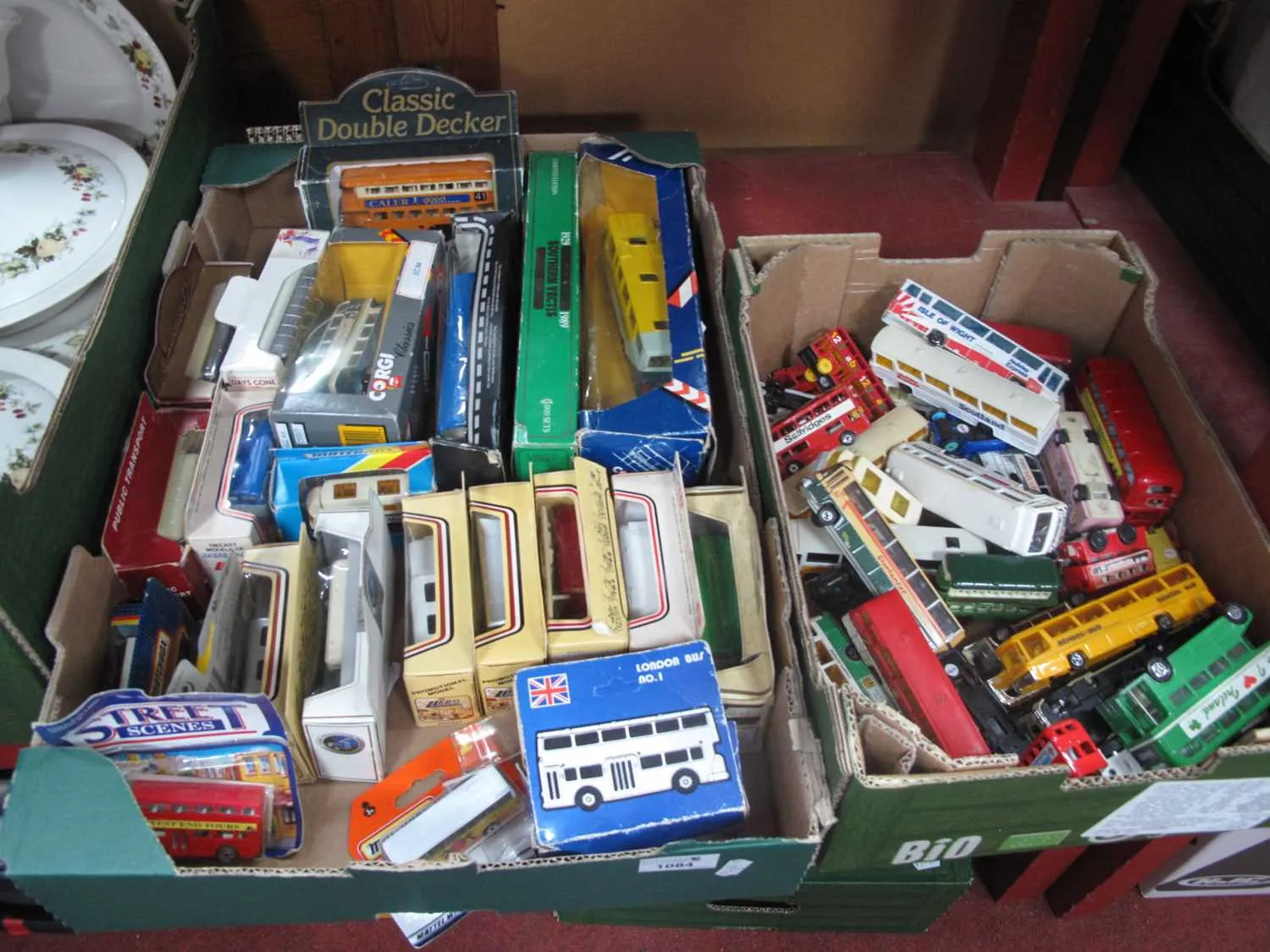
Model 2 represents a vintage single-decker bus, capturing the charm and elegance of a bygone era. This model usually comes in a 1:43 scale, offering a more substantial presence in a collection. The manufacturers take great care to recreate the distinct styling cues of the era, from the chrome accents to the unique body shape. The model’s construction utilizes high-quality diecast materials, ensuring a solid feel and durability. Collectors are often drawn to the Model 2 for its historical significance, as it represents a time when buses were a symbol of public transport and community connection. The craftsmanship of Model 2 typically extends to the interior, with detailed driver’s areas and passenger seating. The paint finish is usually smooth and consistent, adding to the visual appeal and making it a great addition to any collector’s display.
Key Features of Model 2
- Faithful reproduction of a classic single-decker design.
- Detailed interior and exterior features.
- High-quality diecast construction.
- Authentic paint finishes and decals.
- Often includes accessories like luggage racks.
Model 3 Overview
Model 3 showcases a modern articulated bus, reflecting the contemporary evolution of urban transport. This model often comes in a 1:87 scale, providing an excellent balance between detail and display space. The Model 3 highlights the sleek lines and advanced engineering of its full-sized counterpart. The model emphasizes features like detailed articulation points, allowing for realistic posing and display. The construction usually involves a combination of diecast metal and high-quality plastic components, further enhancing the detail and realism. The manufacturers carefully replicate the complex livery of the bus, including advertising and route numbers, providing an authentic appearance. These models are especially favored by those interested in the modern bus designs found in major cities around the world. The level of detailing reflects the manufacturer’s commitment to accuracy and craftsmanship.
Key Features of Model 3
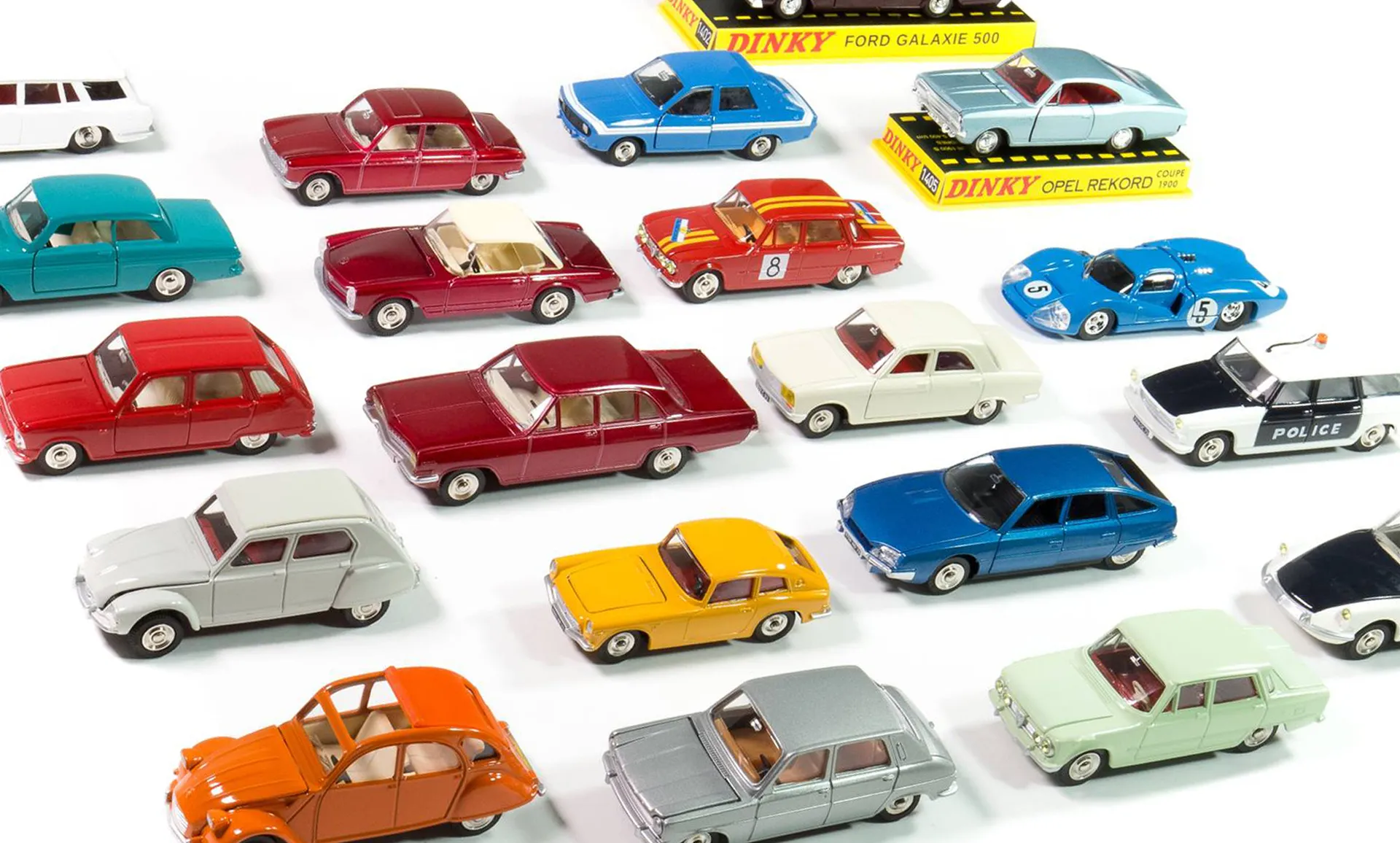
- Realistic articulated design and movement.
- Detailed exterior, including lights and mirrors.
- Accurate livery and branding.
- High-quality materials and construction.
- Detailed interior, including seating and driver’s area.
Model 4 Overview
Model 4 pays homage to a historical coach bus, representing an important facet of travel. The model usually uses the 1:43 scale, emphasizing its detailed and intricate exterior. This model often showcases intricate details like detailed windows, chrome accents, and accurate paint schemes. The interior often contains detailed seating and other features, offering collectors a complete representation of the coach. The model captures the essence of long-distance travel, and the manufacturers work tirelessly to capture the character of the original vehicles. The model’s features often include functional wheels, detailed chassis, and a comprehensive finish, bringing the historical vehicle to life. Many collectors seek out this particular model for its iconic design and historical relevance.
Key Features of Model 4
- Detailed replica of a classic coach bus.
- Accurate paint schemes and logos.
- Detailed interior with seating and driver’s area.
- Realistic wheels and chassis.
- High-quality diecast construction.
Model 5 Overview
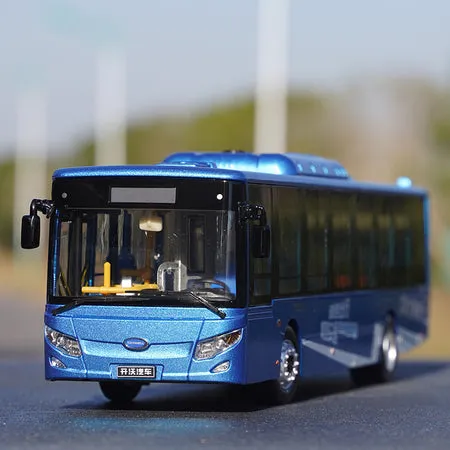
Model 5 is typically a limited-edition model, representing a unique or rare bus, and is therefore a premium addition to any collection. This model can vary in scale depending on the real-life bus that is being replicated, but the focus will always be on detail and authenticity. Model 5 often features high-quality materials, like superior paint finishes and detailed internal components. This model is sought-after for its rarity and its depiction of special liveries, historical events, or unique designs. Collectors appreciate the exclusivity and meticulous craftsmanship of Model 5. The manufacturers often include a certificate of authenticity, adding to the collectibility and value of the model. These pieces are often presented in special display cases, further enhancing their appeal and value. These models are considered a prized addition to any serious collection.
Key Features of Model 5
- Limited edition or rare design.
- Exceptional level of detail and craftsmanship.
- High-quality materials and finishes.
- Often includes a certificate of authenticity.
- Unique features, like special liveries.
Factors to Consider When Choosing Diecast Bus Models
Choosing diecast bus models involves considering several factors to ensure that the models align with your interests and collecting goals. These factors include scale and size, which affect display space and the level of detail, as well as the material and build quality that determines the model’s durability and realism. Authenticity and detailing are crucial, as they dictate the accuracy of the model’s representation of the original bus. Finally, considering the rarity and collectibility of a model can help to determine its investment potential and long-term value. The ideal approach is to carefully examine these elements before making a purchase. This will ensure that the collection not only showcases the collector’s passion but also provides lasting enjoyment and potential value.
Scale and Size
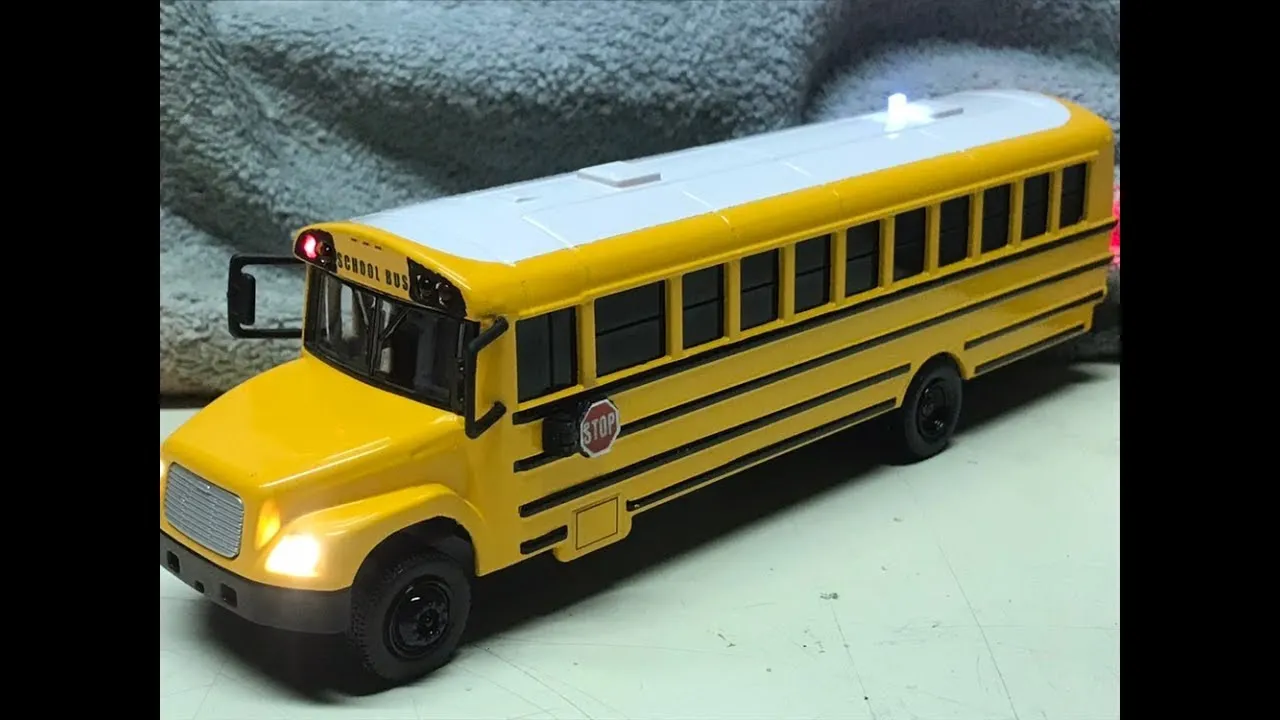
The scale and size of a diecast bus model are fundamental considerations. Common scales include 1:43, 1:76, and 1:87, each offering different levels of detail and display space requirements. Larger scales like 1:43 provide more room for intricate details, making the models visually striking and appealing to collectors who prioritize accuracy. Smaller scales, such as 1:87, are well-suited for collectors with limited display space, allowing for a more extensive collection within the same area. The choice of scale impacts the model’s presence and how it integrates with other models in a collection. It’s important to consider the available space and the desired level of detail when selecting a scale. Some collectors choose to specialize in a single scale, while others combine different scales to create a diverse and visually interesting collection. The scale also affects pricing, with larger models generally being more expensive.
Material and Build Quality
The material and build quality of a diecast bus model directly impact its durability, appearance, and value. High-quality models are typically constructed from diecast metal, providing weight, a solid feel, and a more realistic appearance. The use of diecast metal also allows for more intricate detailing and a higher level of accuracy. Superior build quality ensures that the model can withstand handling and will last for years. Check the paint finish for even coverage, smooth surfaces, and accurate colors, as these indicate a well-made model. Examine the seams and joints for tight fits, as this suggests superior craftsmanship and attention to detail. Finally, ensure that all moving parts, such as wheels and doors, function smoothly and without defects. Investing in models with good material and build quality ensures they remain in good condition and retain their value.
Authenticity and Detailing
Authenticity and detailing are crucial aspects of a diecast bus model, reflecting the manufacturer’s commitment to accuracy and realism. Look for models that meticulously replicate the original bus, including accurate paint schemes, logos, and decals. Detailed features like interior elements, such as seating, driver’s areas, and handrails, enhance the model’s realism. Check for finely molded components, like headlights, mirrors, and wheels, which contribute to the overall accuracy. Study the model’s historical context to assess the accuracy of its design and features, and compare it with photographs or illustrations of the real bus. Accurate detailing not only enhances the aesthetic appeal of the model but also adds value, making it a more desirable item for collectors. Prioritize models with high levels of authenticity and detailing for a more rewarding collecting experience.
Rarity and Collectibility
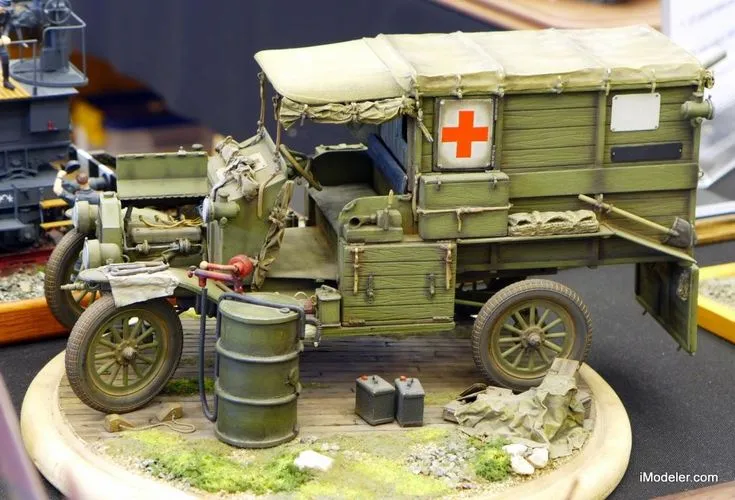
Rarity and collectibility are important factors when selecting diecast bus models, as they often influence the model’s long-term value and appeal. Limited-edition models, those with unique features, or those representing historical events are often highly sought after. Research the model’s production numbers and the manufacturer’s reputation for quality. Look for models with certificates of authenticity, as these add to their value and provenance. Consider the historical significance of the bus represented by the model. Models that depict iconic or rare buses tend to be more collectible. The demand for a particular model in the collector’s market should also be evaluated. This will provide some indication of its future appreciation potential. Rarity and collectibility also contribute to the prestige of a collection, transforming it into a valuable asset over time.
Where to Buy Diecast Bus Models
Diecast bus models can be purchased through various channels, each offering its advantages. Selecting the right retailer depends on individual preferences, location, and the desired models. Online retailers provide an extensive selection and often offer competitive pricing. Specialty shops and collectibles stores offer expertise and a curated selection, while auctions and online marketplaces can be a great option for rare finds. This section explores the best places to buy diecast bus models, helping collectors to find the perfect additions to their collections.
Online Retailers
Online retailers offer a wide array of diecast bus models. Major online marketplaces, such as Amazon and eBay, provide a vast selection from various sellers. These platforms offer convenience, price comparison, and often free shipping options. Specialty online stores focused on diecast models can be an excellent resource for specific brands, scales, and limited editions. When buying from online retailers, always research the seller’s reputation, read reviews, and examine detailed product descriptions and images. Many online retailers also provide detailed information about the models. Comparison shopping helps in finding the best deals, and the ability to order from home offers convenience. Online platforms are ideal for finding both common and rare models.
Specialty Shops and Collectibles Stores
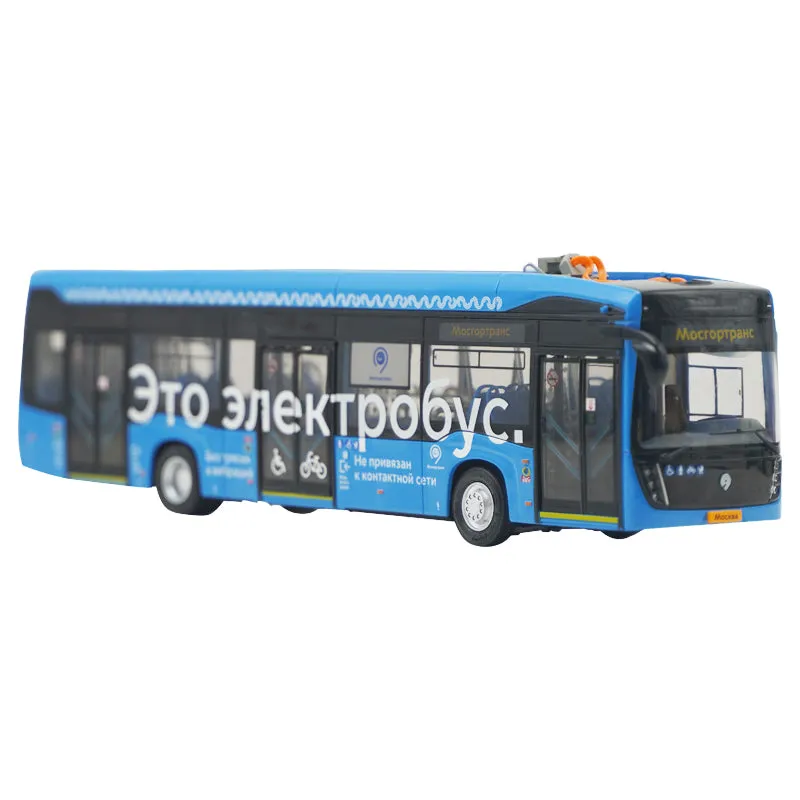
Specialty shops and collectibles stores offer a more personalized and expert shopping experience. These stores provide a curated selection of diecast bus models. They also provide guidance, advice, and a chance to examine models in person before making a purchase. The staff in these stores usually possess extensive knowledge about diecast models. They can provide insights on the model’s historical significance, value, and authenticity. Specialty shops often stock rare and limited-edition models, and can provide a level of service and expertise unmatched by online retailers. Visiting these stores is an excellent opportunity to discover unique pieces and to connect with other collectors. Interacting with experts can significantly improve one’s understanding of the hobby. These stores create a sense of community among enthusiasts.
Caring for Your Diecast Bus Models
Proper care and maintenance are essential for preserving the value and appearance of diecast bus models. Regular cleaning, careful storage, and protection from environmental factors can help to maintain the models’ quality over time. This section provides practical advice on cleaning, displaying, and protecting your collection. By following these guidelines, collectors can ensure their models remain in excellent condition and continue to bring enjoyment for years to come.
Cleaning and Maintenance
Regular cleaning is critical to remove dust and debris that can accumulate on diecast bus models. Use a soft, lint-free cloth or a specialized model-cleaning brush. Gently wipe the model’s surface to remove dust. Avoid using abrasive materials or harsh chemicals. If a more thorough cleaning is necessary, use a mild soapy solution. Dip the cloth in the solution, wring it out thoroughly, and gently wipe the model’s surfaces. Always dry the model completely to avoid water stains. Regular maintenance includes checking for loose parts and tightening screws if necessary. Storing your models away from direct sunlight, extreme temperatures, and humidity helps to prevent damage. Inspecting your collection regularly and addressing any issues promptly helps keep your models in optimal condition.
Displaying and Protecting Your Collection
Proper display and protection are essential to preserve the value and condition of your diecast bus model collection. Display your models in a dust-free environment, away from direct sunlight and extreme temperatures. Consider using display cases or cabinets to protect your models from dust, dirt, and accidental damage. These cases often feature glass or acrylic panels to showcase the models while keeping them safe. Avoid displaying your models in areas with high humidity. The humidity can cause corrosion and damage to the diecast metal. Handle your models with clean hands to prevent fingerprints and other marks. Rotate your collection periodically to prevent fading from prolonged exposure to light. Implementing these steps can help to ensure that your collection remains in pristine condition for years to come. By protecting your collection, you protect your investment and guarantee continued enjoyment.
